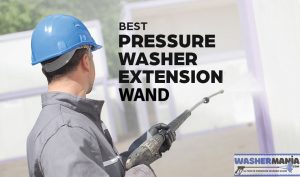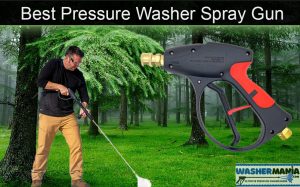Pressure Washer Nozzles are one of the most important parts of your pressure washer because they determine how powerful your stream will be. The more powerful the stream, the easier it will be to clean tough dirt and grime off of surfaces like pavement or concrete. However, if you have a weak stream, then it won’t be able to get the job done properly. There are many different types of nozzles available on the market today, but they all fall into one of three categories: low pressure, medium pressure, or high pressure. Choosing which one is right for you depends on how much power you need and how much space you have available to use it in.
For example, if you’re cleaning your car, then a low-pressure nozzle would probably suffice, but if you want to clean your driveway, then a high-pressure nozzle would be better suited for that task.

The higher the PSI rating on a pressure washer, the more powerful it will be at getting rid of even the toughest dirt and grime. However, it’s important to note that too much PSI can also be bad. If you have an extremely dirty surface like mud or grease, then you might need something with a lower PSI so that you don’t damage the surface underneath. The right balance depends on what kind of surface you’re cleaning and how dirty it is. Here are some general guidelines for which PSI rating you should use based on what type of surface you’re cleaning:
- Carpet: 400-600 PSI
- Dirt: 600-800 PSI
- Grease: 800+ PSI
Types of Nozzles
In this blog post, we’re going to discuss the different nozzels that are available for pressure washers. A pressure washer is a great tool for cleaning your driveway or sidewalk. However, if you don’t use the right nozzle, then all that hard work will be for nothing.
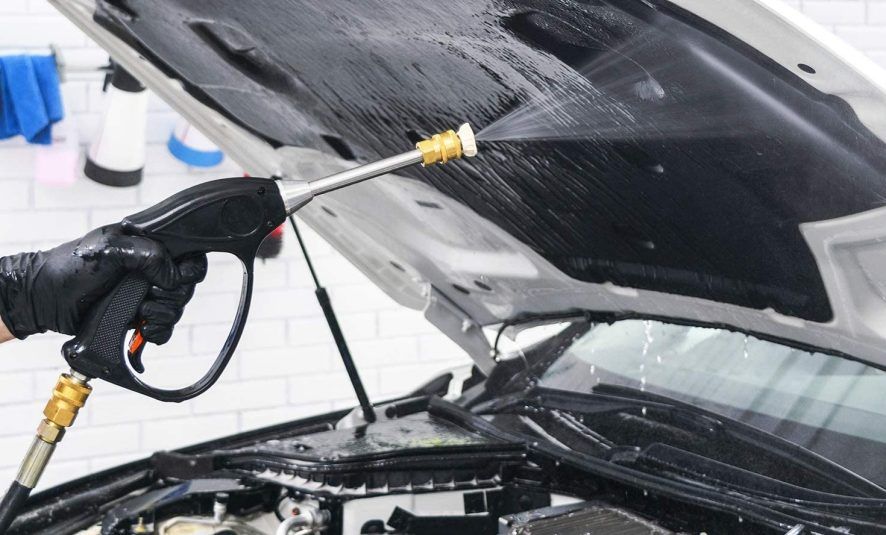
There are many types of nozzles available on the market today. The several different types of nozzels that can be used with a pressure washer will depend on what kind of surface you’re cleaning and how dirty it is. Here are some of the kinds of nozzels you can find on a pressure washer:
1. Jet Nozzle
A jet nozzle is a type of nozzle that is used on a pressure washer. It is a very efficient type of nozzle, as it can deliver a high level of pressure to the surface it is cleaning. Jet nozzles are often used on larger applications as they offer greater cleaning power than other types of nozzles. A Jet Nozzle shoots out high-pressure water that can cut through dirt easily. It’s great for getting rid of grease or oil stains from pavement or concrete surfaces, but it can also damage certain surfaces if not used properly, so make sure to read the instructions first before using any pressure washer nozzle.
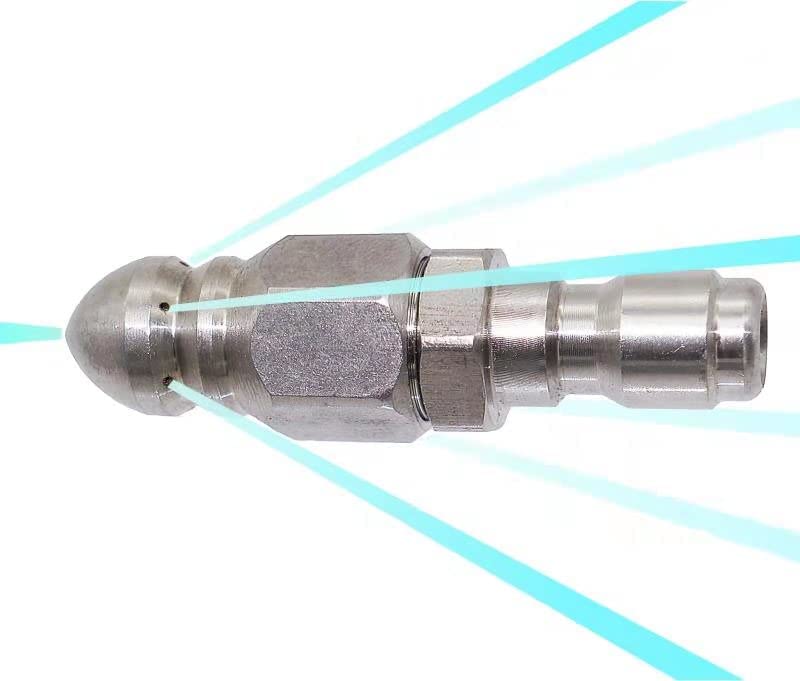
Some jet nozzles come with variable nozzles, which means that the jet spray pattern can be controlled to a certain degree. This is useful for spraying specific areas, such as under furniture, around pipes, and around tight corners. Jet nozzles with variable nozzles are also known as direct-to-deck nozzles.
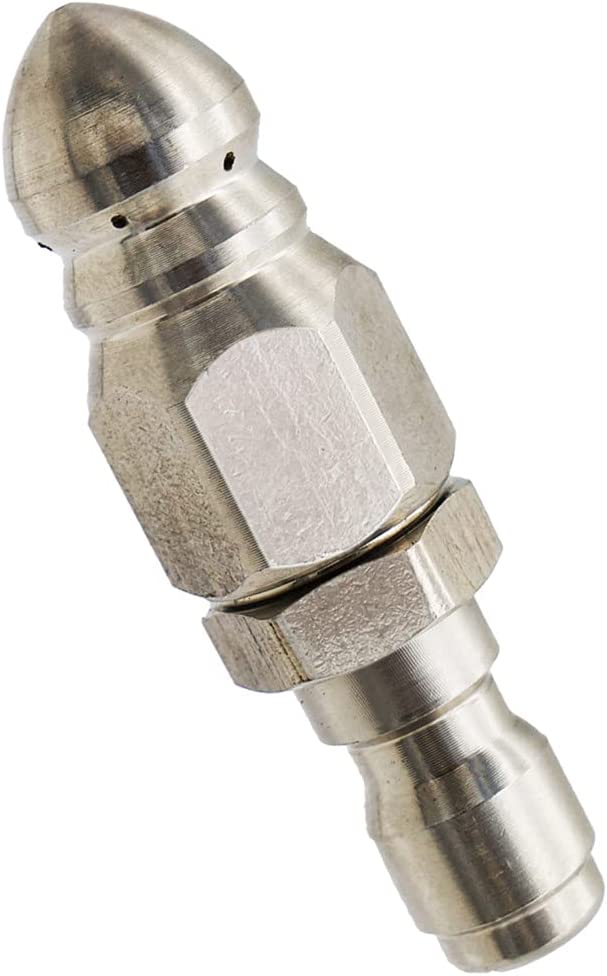
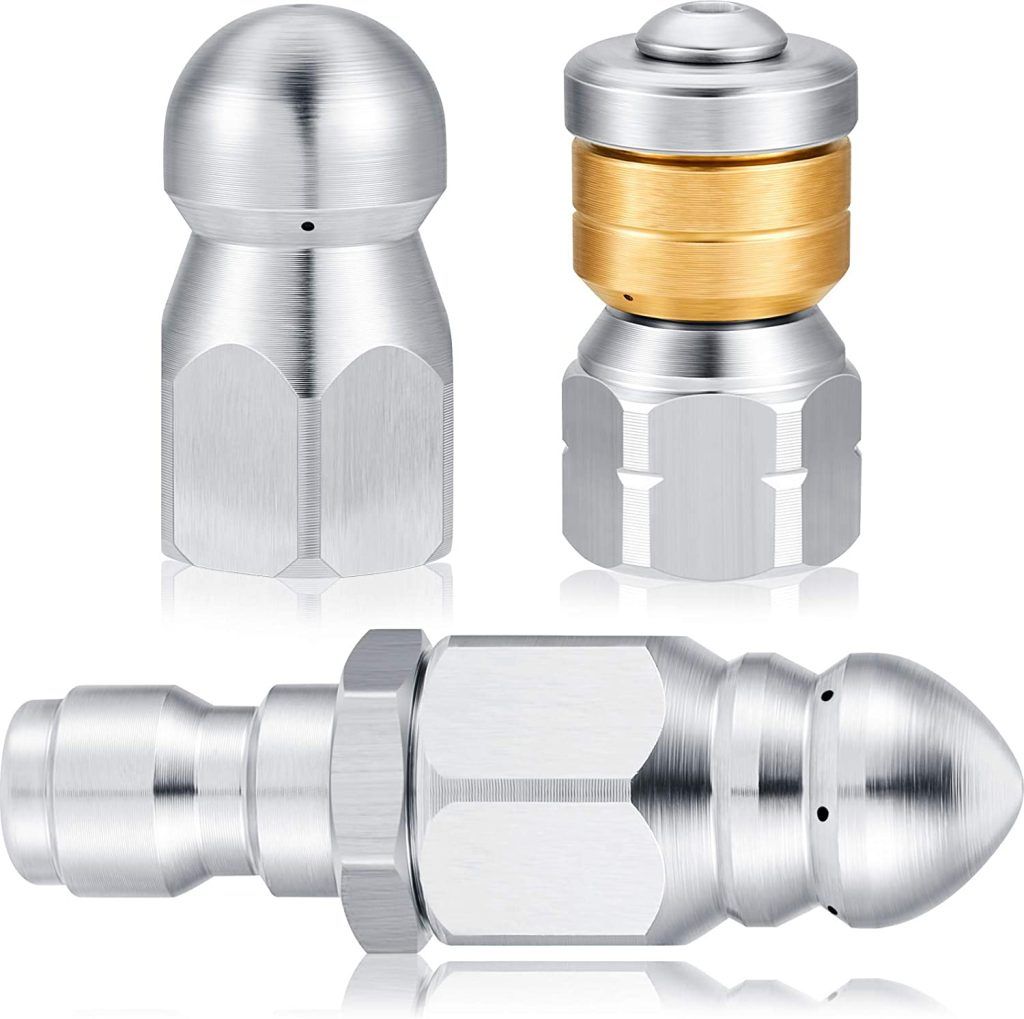
2. Adjustable nozzle
An Adjustable nozzle lets you adjust how wide the stream is so you can customize it based on what you’re cleaning. This means you don’t have to buy multiple nozzles to use on different surfaces, it does it all.
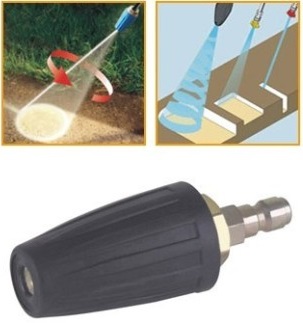
An Adjustable nozzle can be used as the following Nozzles:
Angle Nozzle
An Angle Nozzle lets you direct the stream of water at an angle so you can reach hard-to-get places like underneath your car or along the edges of your house where there’s no wall to protect against overspray.
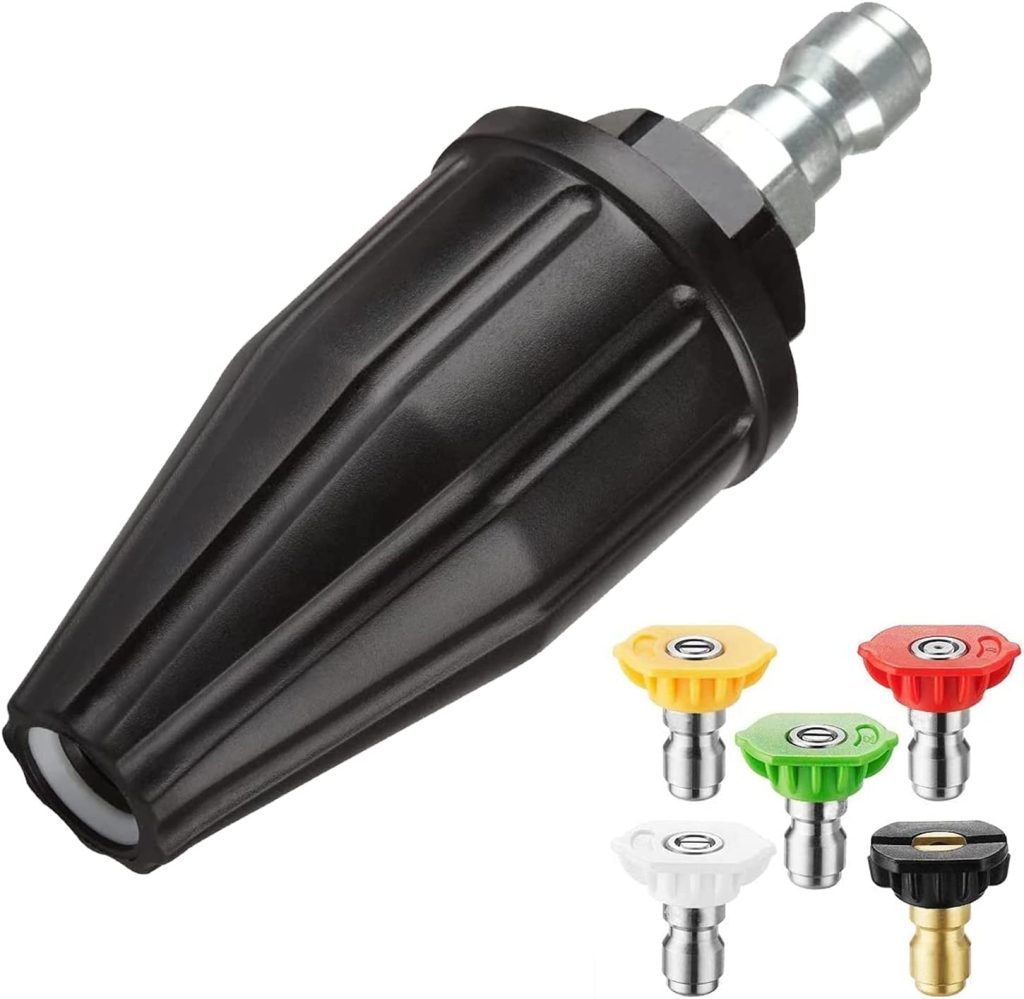
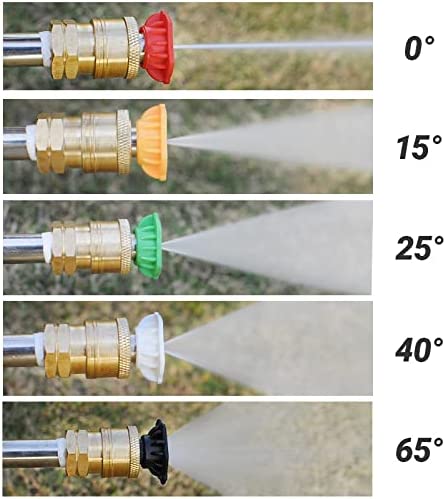
Flat Nozzle
A flat nozzle is great for cleaning surfaces like sidewalks or concrete floors because it doesn’t leave behind any marks. It’s also good at removing dirt from surfaces like car engines or other machinery where there’s lots of grease or oil mixed in with the dirt.
Narrow Spray Nozzle
This type of nozzle has a tight stream of water that allows you to get into those hard-to-reach places like between tiles on your floor or between rocks in your garden path. The narrow spray is perfect for smaller areas because it doesn’t require as much water pressure as some of the other nozzles do.
Wide Spray Nozzle
This type of nozzle has a wider stream than the narrow one does, so it’s great for larger surfaces like driveways or sidewalks because it covers more area with less effort.
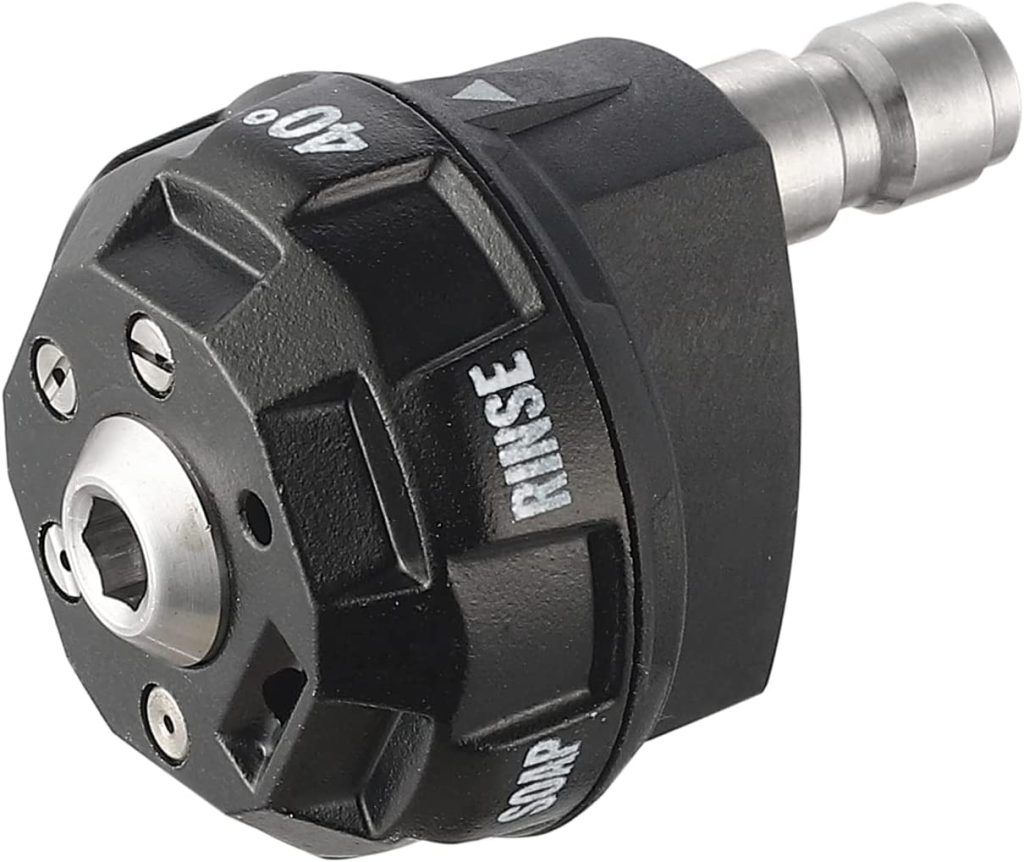
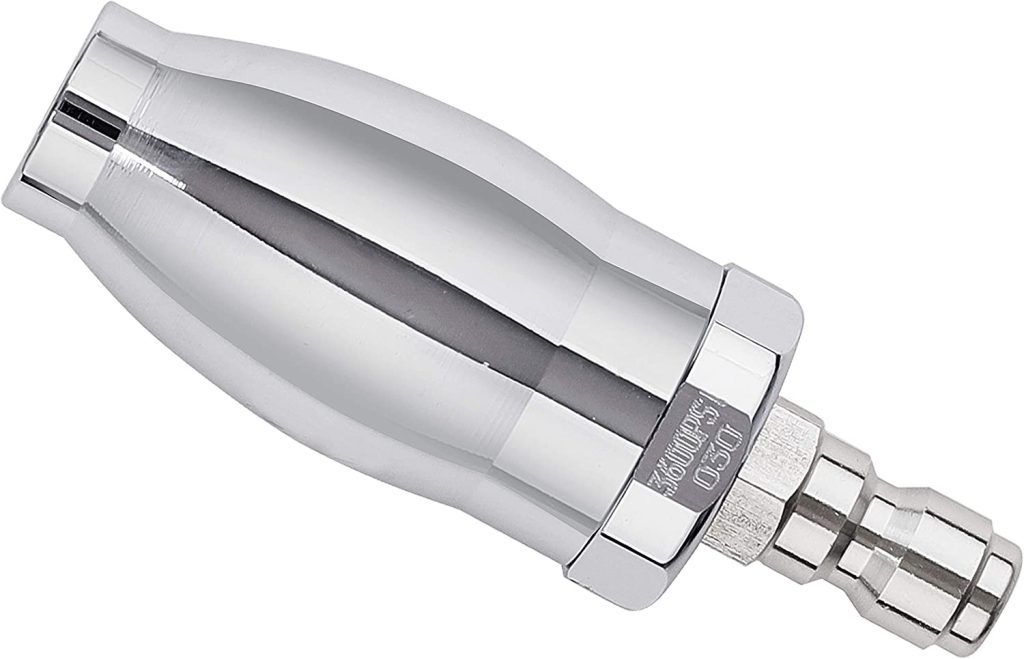
3. Soap Nozzle
A Soap Nozzle adds soap to the mix so you can clean surfaces like cars or boats without worrying about residue left behind by plain water pressure washers. Just make sure to use biodegradable soap so it doesn’t pollute waterways when it runs off during cleaning.
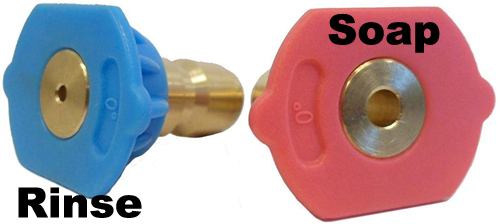
The soap nozzle combines both water pressure and soap into one powerful combination that cleans even the dirtiest surfaces like lawn mowers or BBQ grills.
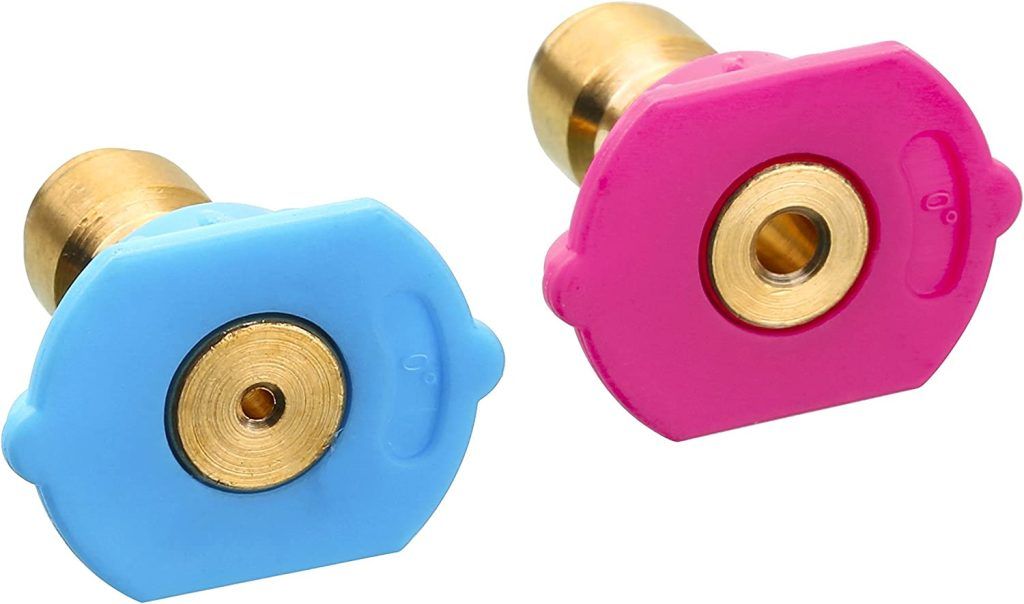
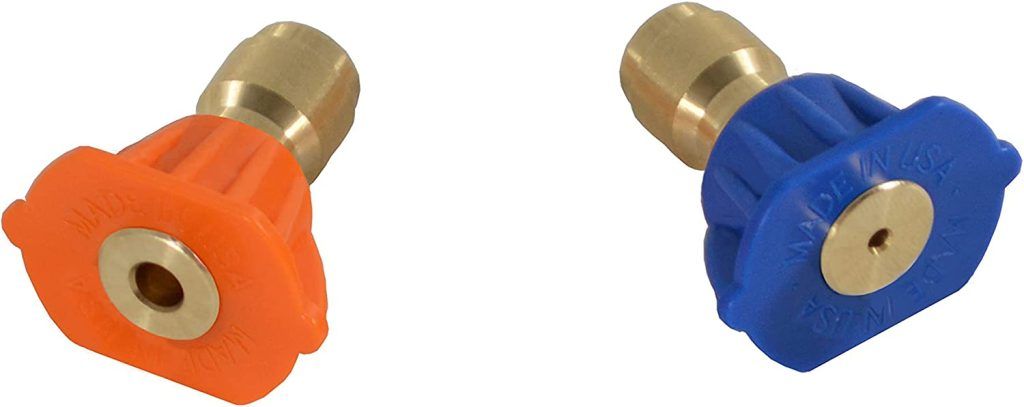
4. Fan Nozzle
A fan nozzle shoots out a broad swath of water instead of just one thin stream like some other nozzles do. This means it covers more areas faster than other models, which saves you time and energy. The fan nozzle spreads out the water over a wider area, so it’s great for spraying things like car tires or sidewalk bricks, which would get damaged by the jet nozzle’s powerful stream of water.

5. Cone Nozzle
The cone nozzle of a pressure washer uses suction to remove dirt, debris, and paint from surfaces. The nozzle is typically made from hardened plastic and has a variety of shapes, including a circle, a triangle, and a V-shape. Pressure washer nozzle types can be classified into cone nozzle and straight jet nozzle. The cone nozzle has a pointed end and is used for spraying a narrow spray pattern. It is usually used for cleaning small areas such as the joints between tiles or around the base of a toilet. The straight jet nozzle has a cylindrical shape and is used for spraying a wider spray pattern.

The cone nozzle of a pressure washer creates a high-pressure jet of water that can be used for a variety of cleaning tasks. This nozzle is often times compared to the jet stream of a jet engine, as the high-pressure water produces a powerful stream of water. The cone nozzle is most commonly used for cleaning surfaces such as decks, patios, and cars.

A cone nozzle is perfect for spraying wide arcs of water onto surfaces like driveways or roofs. It won’t hurt the paint or leave behind any streaks like a narrower stream would. It’s also great for removing stubborn stains from surfaces like deck furniture or wooden decks as long as there aren’t any nails sticking up from the wood that could get caught in the stream.
Hollow Cone is great for cleaning pavement and other hard surfaces.
Solid Cone is best for removing grease and oil from machinery.
Which one should you use? It depends on what you’re cleaning. But no matter which one you choose, make sure you read the instructions carefully so you don’t hurt yourself or damage your car or bike by using it incorrectly.
Different Degrees of Pressure Washer Nozzles
A pressure washer is a tool that uses water pressure to remove dirt and debris from surfaces. It works by pushing pressurized water through a nozzle onto the surface you want to clean. The size of the opening at the end of the nozzle determines how strong the stream of water will be when it hits the surface.
Here are some examples of different nozzels and what they’re good for:
0 degree nozzle
It is best for removing stubborn stains like grease or oil; works well on flat surfaces like car engines or garage floors.
30 degree nozzle
These are good for general cleaning purposes such as getting rid of dust or debris from surfaces like windows or walls. It also works well on flat surfaces like car engines or garage floors.
45 degree nozzle
These nozzles are great for reaching those hard-to-get places like between tiles on a floor or underneath furniture not as effective on flat surfaces like car engines or garage floors
90 degree nozzle
The 90-Degree Nozzle is perfect for watering plants. This type of nozzle is gentle enough not to damage leaves but strong enough to provide adequate watering results. It does not work well on flat surfaces like car engines or garage floors.
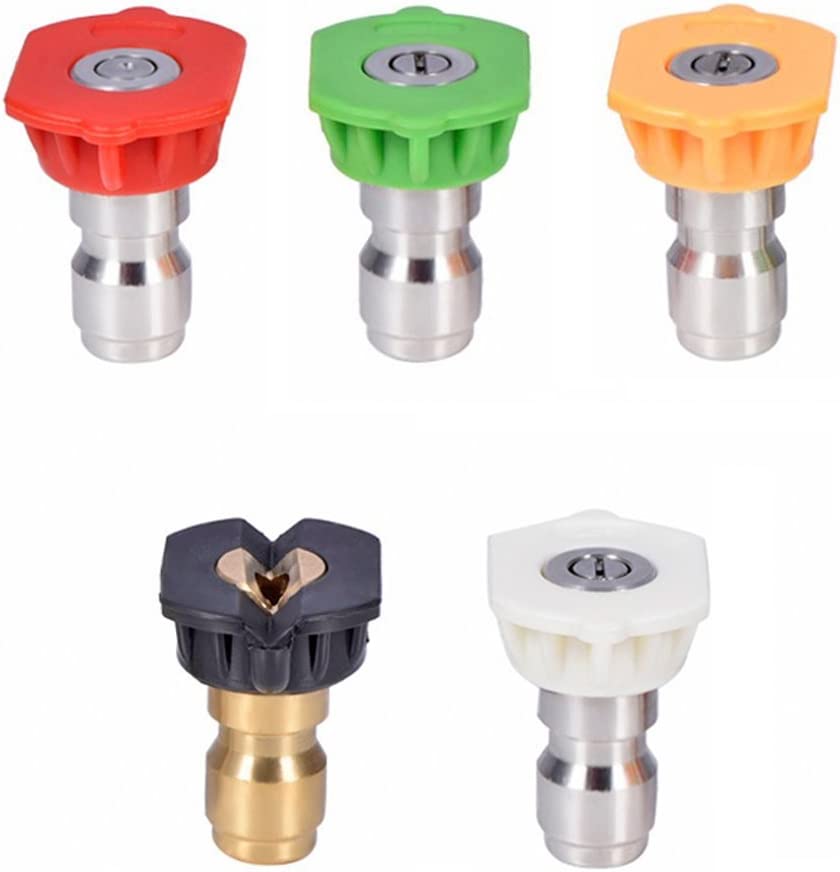
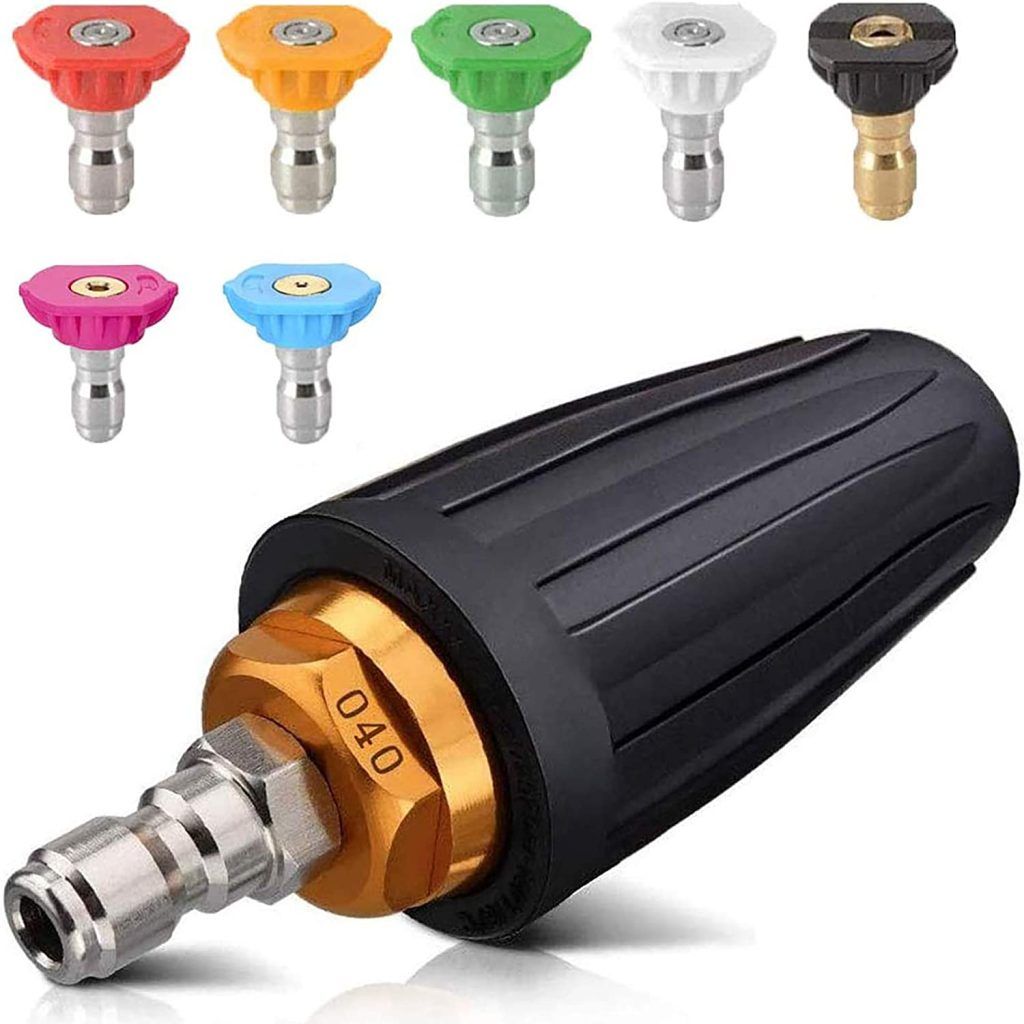
What’s the difference between a pistol nozzle and a jet nozzle?
Pistol nozzles are ideal for cleaning small areas like car mirrors or other delicate surfaces. They have a smaller stream of water than other nozzles and can get into tight spaces easily.

Jet nozzles are perfect for removing dirt from large surfaces like driveways or patios. They have a larger stream of water than other nozzles and can cover more area in less time than smaller nozzles can.
A good rule of thumb is to choose based on what your surface area is. If it’s small, go with a pistol; if it’s large, go with a jet. Both types will get the job done, but depending on the size of your area will determine which one works best for you.
Advantages of Nozzles of Pressure Washers
Nozzles offer some pretty great benefits such as being lightweight and durable so they’re easy to transport from one location to another without causing any strain or injury. They also have amazing flow rates which allow them to generate lots of pressure quickly so you can finish your job faster than ever before.
- It can remove dirt, grime and other contaminants from surfaces quickly and easily.
- It’s easy to use, even if you don’t have much experience with pressure washers.
- It saves you time because it works so well.
- The nozzles are made of durable materials so they’ll last for a long time.
- There are lots of different types of nozzles so you can find one that meets your needs exactly.
- You don’t need any special skills or training to use a pressure washer.
- They’re affordable so anyone can afford them.
- They’re lightweight so they’re easy to move around from place to place.
FAQ’s
What is the strongest nozzle for pressure washer?
Red Spray Tip (0-Degrees)
The strongest nozzle of them all, the red spray tip produces a 0-degree spray pattern.
Are pressure washer turbo nozzles worth it?
One of the most significant attachments to be created is the turbo nozzle. The power of a zero-degree pattern is delivered through these effective techniques. Additionally, the circular motion increases agitation while cleaning challenging tasks like caked-on muck. They are intended to offer a 200% more cleaning effectiveness than a flat fan nozzle that is 25 degrees.
Will a turbo nozzle remove paint?
In order to remove external paint during pressure washing, you could also be able to utilise a turbo nozzle. The turbo nozzle pulses water at rates between 1800 and 3000 rpm while combining the power of a 0-degree nozzle with the spray area of a 25-degree area.
How long do stainless steel nozzles last?
Make use of a steel one. Depending on print volume and filament type, a brass nozzle can last a few weeks to a few months whereas a hardened-steel nozzle might survive for a year or more. Even though a ruby tipped nozzle is more expensive than standard nozzles, it will easily last a few years.
How do you stop a nozzle from clogging?
Investing in high-quality filament, making sure your material and nozzle are clean, and double-checking the ideal printer settings for your printing material are the greatest defences against a clogged nozzle. Additionally, ensure the bed is level.
How often should you clean your nozzle?
As soon as your nozzle becomes noticeably dusty, or at least every three months for routine maintenance, you should clean it. It’s not the end of the world if you don’t clean your nozzle frequently, but it does assist to extend the life and durability of your nozzle.

